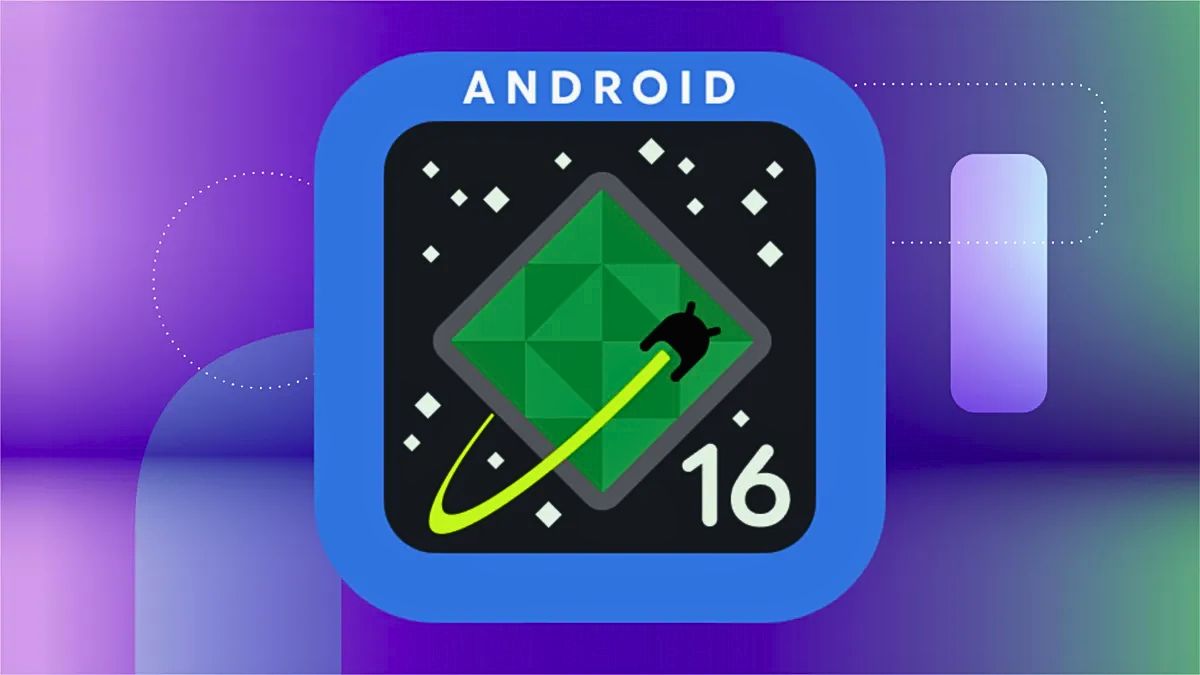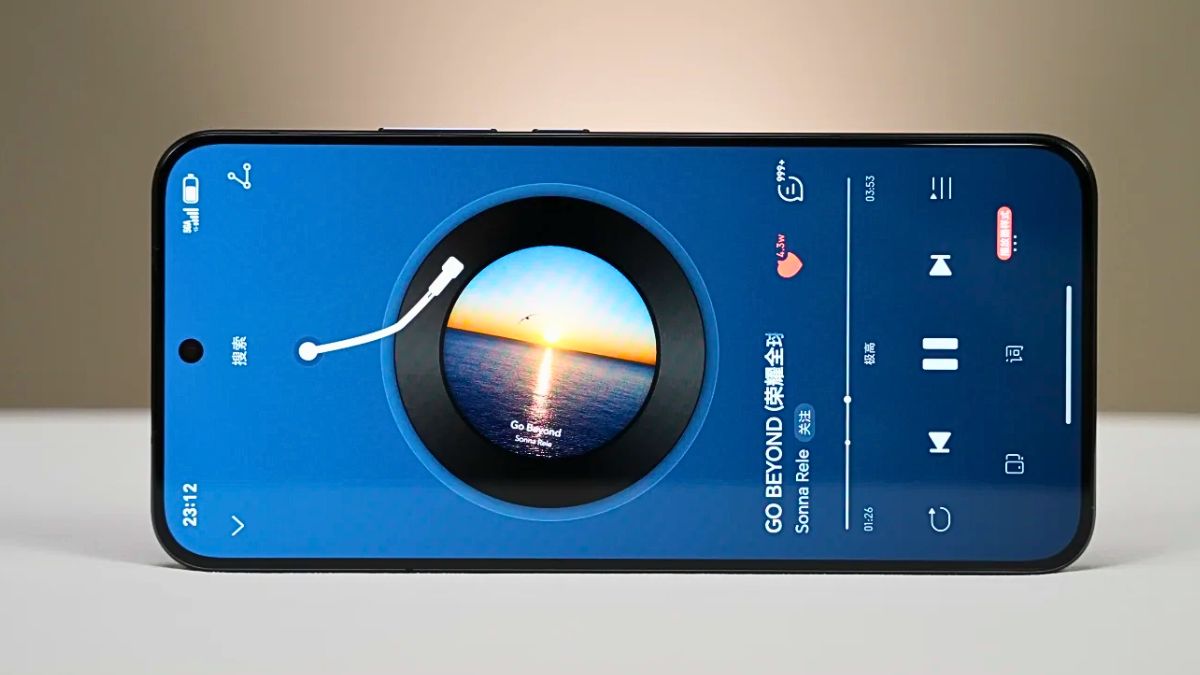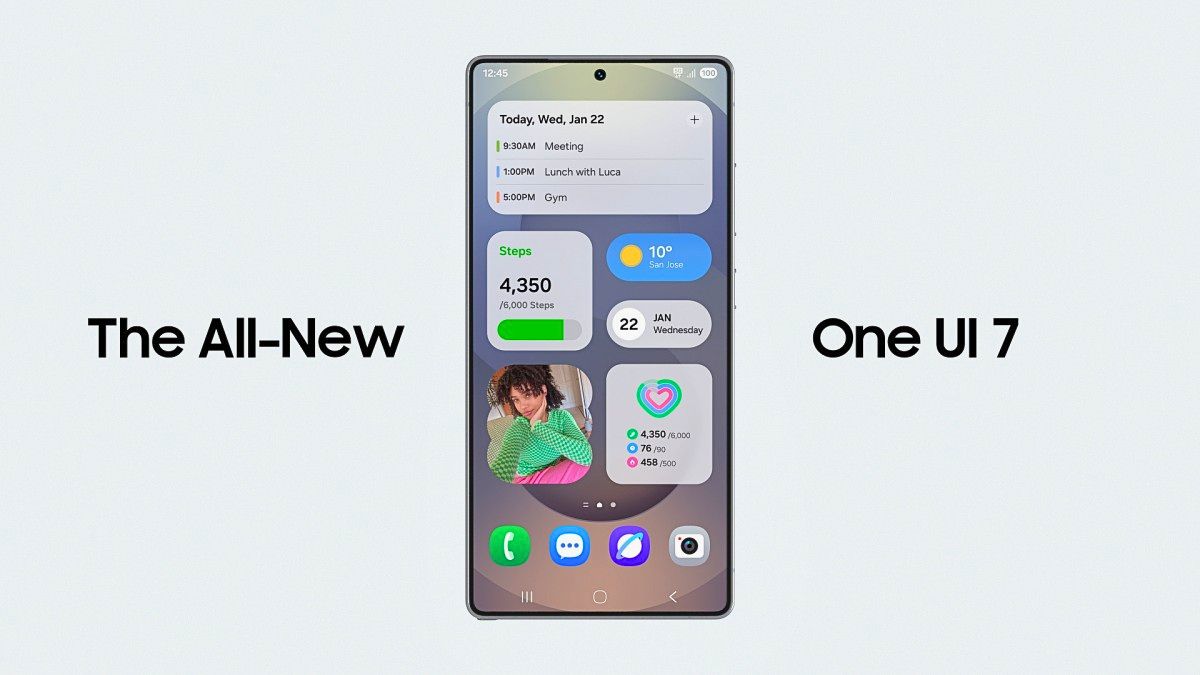Google is back with another beta update for Android 16, and this one’s a big step forward. The Android 16 Beta 4 just rolled out, mainly targeting developers and testers using Pixel devices. But what makes this release more exciting is that it finally expands support to more brands beyond just Google’s own. Plus, a bunch of frustrating bugs from earlier versions have now been squashed — think power drain, weird haptics, and glitchy apps.
Stability
Android 16 Beta 4 marks the second major platform stability milestone. What does that mean in plain English? It means that Google has locked in all the APIs and user-facing features — nothing more is changing now. This gives developers a stable base to work with, so they can start optimizing their apps well ahead of the full release expected in Q2 2025.
This is huge because it gives devs plenty of time to test, tweak, and get ready for the next-gen Android experience. If you’re a developer, you can basically start finalizing your apps right now.
Fixes
Now to the stuff that’s actually noticeable for users. The latest beta brings a bunch of much-needed fixes:
- Battery drain: Previous beta builds were causing phones to lose up to 11% battery overnight — way more than the typical 5-7%. That issue is now fixed.
- Haptic feedback: Users complained of vibrations that felt off — described as “empty” or “plastic.” Delays and inconsistencies in haptics have now been addressed.
- Pixel Weather app: A bug that made the radar map vanish randomly is now sorted out.
- Random restarts: Some phones would restart when answering a call, using magnification, or triggering the ranging API. That glitch has also been patched.
- Launcher crashes: Reports of the home launcher crashing at random have been resolved too.
These fixes go a long way in making the experience smoother, especially if you’re testing Android 16 as a daily driver.
Devices
Another highlight of Beta 4 is that Google is opening the doors to more manufacturers. So far, Android 16 betas were mostly a Pixel-only affair, but that changes now.
OEMs now supported in Beta 4 include:
- Honor
- iQOO
- Lenovo
- OnePlus
- Oppo
- Realme
- Vivo
- Xiaomi
This expanded support means more users and developers using non-Pixel devices can now jump into the Android 16 beta world. It’s also a green signal for these brands to start customizing the OS for their own skins and devices, whether it’s a tablet, a foldable, or a standard smartphone.
Timeline
As for what’s next, Google has hinted at a major SDK release sometime in Q2 2025. This will include behavior changes, finalized APIs, and a few new features. A smaller follow-up update is also expected later in Q4 2025 — that one will be more about minor tweaks and improvements.
So if you’re a developer or just someone who likes to stay ahead of the curve, now’s a great time to jump into the Android 16 ecosystem. Beta 4 isn’t just more stable — it’s the first one that feels ready for real-world use across more devices.
FAQs
What devices support Android 16 Beta 4?
Pixel devices and select models from OEMs like Xiaomi, OnePlus, etc.
Has the battery drain issue been fixed?
Yes, the excessive overnight battery loss is now resolved.
Is Android 16 Beta 4 stable for daily use?
It’s much more stable now but still in testing phase.
What is platform stability in Android 16?
It means APIs and behaviors are finalized for developers.
When will Android 16 officially release?
The full release is expected in Q2 2025.





